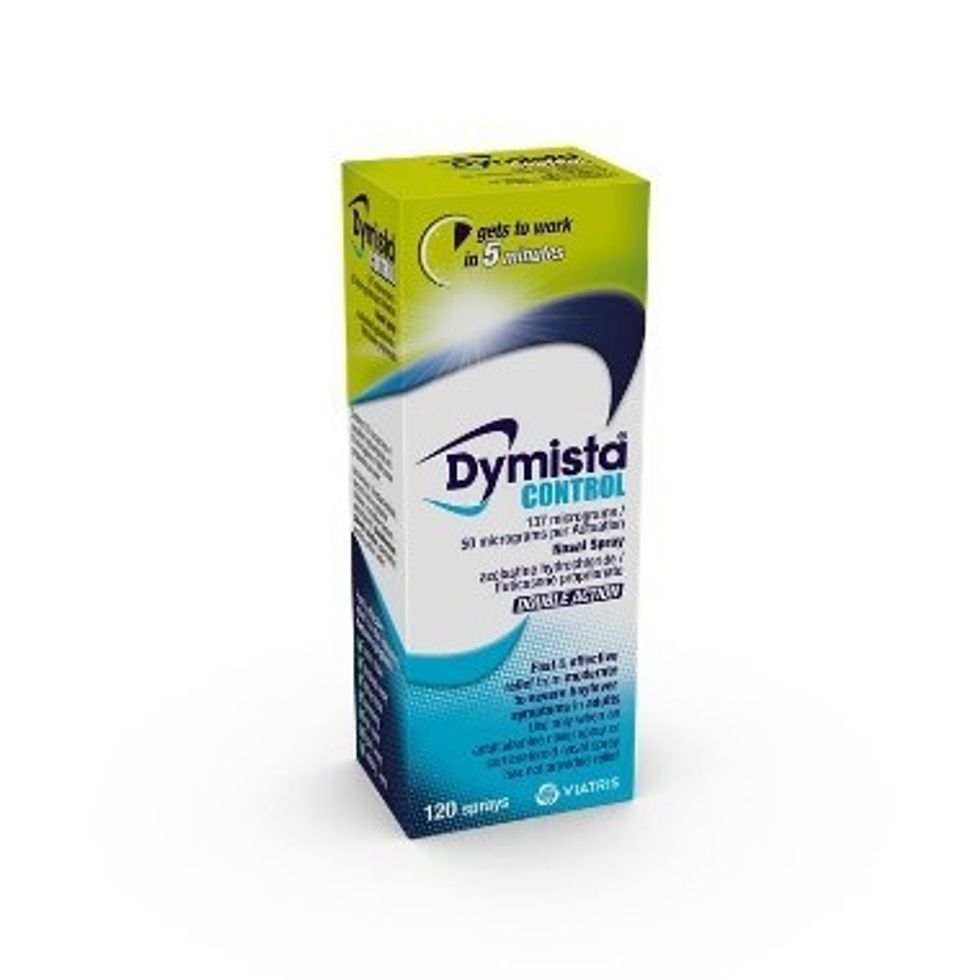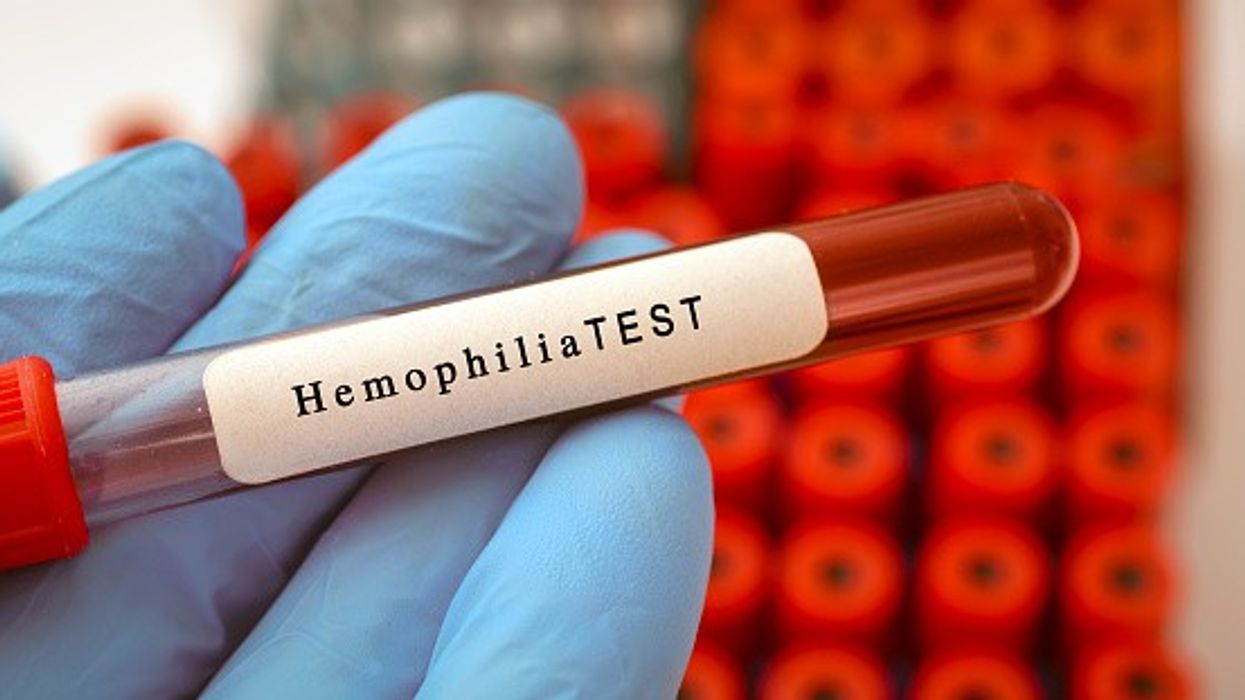Impurity reference standards play a crucial role in maintaining these high benchmarks and understanding their impact is essential for anyone involved in drug development and regulation.
In pharmaceuticals, the purity of a drug can determine its effectiveness and safety, which is why the pharmaceutical industry relies on stringent standards to ensure the safety and efficacy of medications.
Impurity reference standards are vital in ensuring that medications meet the required specifications before reaching patients. Without these standards, the risk of adverse effects and reduced efficacy increases significantly.
Understanding Impurity Reference Standards
Impurity reference standards are well-defined compounds used to identify and quantify impurities in pharmaceutical substances. These benchmarks help manufacturers detect and measure impurities with precision, ensuring that each batch of medication remains within safe limits.
The process involves Isolation and purification of impurities, which allows for accurate analysis and validation of the drug's quality. By maintaining strict impurity reference standards, pharmaceutical companies can safeguard patient health while complying with regulatory requirements.
Process of Development
The creation of impurity reference standards is an intricate and detailed process that encompasses synthesis, isolation, and characterization. These standards are synthesized to achieve exceptionally high purity levels, typically exceeding 95%, and are used in small but critical quantities.
Isolation and Purification
Key to the development of these standards is the isolation and purification of impurities, which must be carried out with great precision. This process not only ensures the purity of the standard but also enables a thorough analysis and validation of a drug’s quality by:
- Separating impurities from complex mixtures: Utilizing advanced chromatographic techniques, impurities are isolated from the drug compound.
- Characterizing chemical properties: Through spectral analysis and other biochemical assays, each impurity's chemical structure and properties are meticulously characterized.
Utilization and Benefits
Once developed, these standards serve as critical benchmarks in the pharmaceutical industry:
- Benchmarking against impurities: Analysts use these reference standards to measure impurities in drug substances and finished products, ensuring compliance with regulatory limits.
- Ensuring Traceability and Accuracy: The ability to detect trace amounts of impurities enhances the reliability of pharmaceutical products. This precision is vital for maintaining the integrity and therapeutic efficacy of the medications.
Regulatory Compliance and Public Safety
Adhering to strict impurity reference standards helps pharmaceutical companies navigate complex regulatory landscapes and meet rigorous quality controls. This adherence is not merely about compliance but is integral to safeguarding public health, as it ensures that all medications released into the market are both effective and safe.
The Significance of Impurity Control in Pharmaceuticals
Effective control of impurities is paramount in guaranteeing the safety and efficacy of drugs. Impurities can originate from various sources, including raw materials, manufacturing processes or degradation over time. Implementing robust impurity reference standards helps identify these contaminants early on, preventing potential health risks. Moreover, it ensures that medications remain effective throughout their shelf life, providing consistent therapeutic benefits to patients.
Challenges and Advancements in Impurity Management
The pharmaceutical industry is engaged in a constant battle to manage impurities, balancing innovative drug development with the necessity of maintaining stringent quality controls.
Boosting Pharmaceutical Safety Through Advanced Detection Methods
The advancement of impurity detection technologies plays a crucial role in enhancing drug safety and meeting rigorous global regulatory standards. Through more precise identification and measurement of impurities, pharmaceutical firms can mitigate potential health risks and confirm the therapeutic effectiveness of their products. This progress not only leads to improved health outcomes by ensuring the availability of safer medications but also reinforces confidence among regulatory agencies.
Enhancing Regulatory Confidence and Streamlining Approvals
Enhanced capabilities in detecting impurities increase the likelihood of faster drug approval processes. Regulatory authorities, reassured by the effectiveness of these sophisticated methodologies, are more inclined to grant quicker approvals. This efficiency helps in speeding up the introduction of critical medications to markets worldwide, benefiting patients who need timely access to new treatments.
Challenges in Managing Impurities in the Pharmaceutical Industry
- Evolving Manufacturing Technologies: As manufacturing technologies advance, they often introduce new complexities in drug formulation, which can lead to the presence of new or unexpected impurities.
- Complex Drug Formulations: The increasing complexity of drug formulations, often required to address various health conditions more effectively, poses significant challenges in identifying and controlling impurities. Each component in a formulation can potentially interact in ways that create new impurities.
- Ensuring Regulatory Compliance: Despite advances in technology, the need to meet ever-more-stringent regulatory standards for impurity levels remains a significant challenge, requiring continuous improvement in detection and quantification methods.
In Summary
The undeniable importance of impurity reference standards in drug safety and efficacy underscores the need for every pharmaceutical professional to partner with reliable, high-quality suppliers. Ensuring that medications meet rigorous purity specifications is not just a regulatory requirement—it's a commitment to patient safety.
As we continue to push the boundaries of pharmaceutical innovation, let us also commit to the consistency and excellence of our impurity management practices. Choose suppliers that uphold the highest standards, and together, we can safeguard the health outcomes of patients around the world.









 Dymista® CONTROL (azelastine hydrochloride and fluticasone propionate) nasal spray
Dymista® CONTROL (azelastine hydrochloride and fluticasone propionate) nasal spray ![Potential Side Effects of Mounjaro [What You Need to Know]](https://www.pharmacy.biz/media-library/image.jpg?id=54516976&width=1245&height=700&quality=90&coordinates=0%2C29%2C0%2C29)








